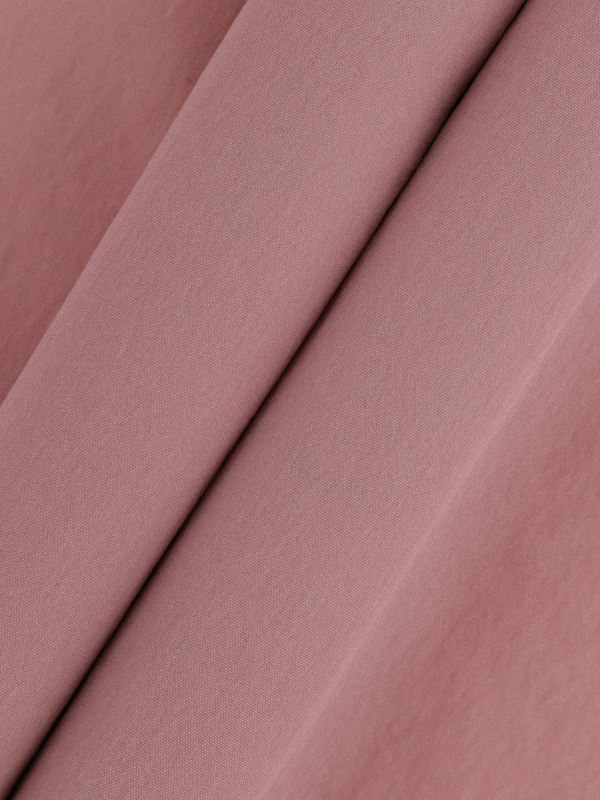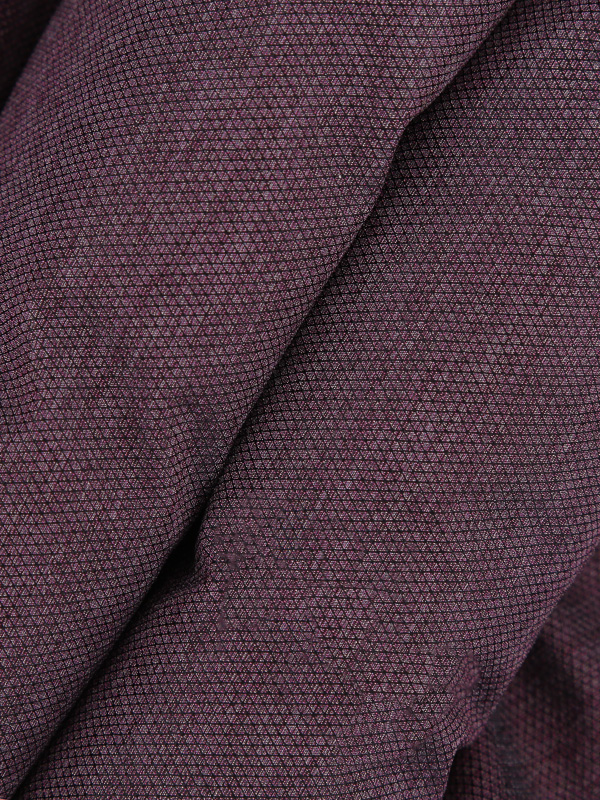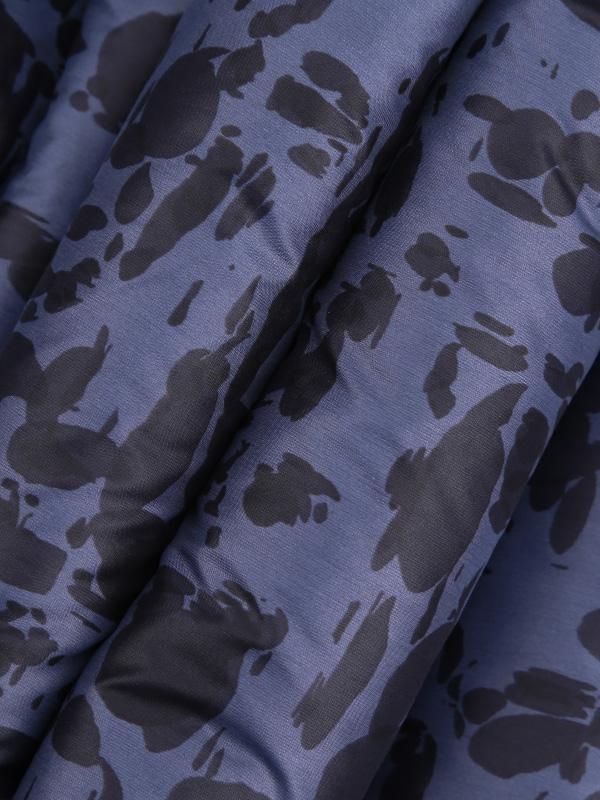How to solve the problem of nylon cloth printing firmness
Printing fastness has always been a technical difficulty in the industry, especially for pigment printing on waterproof nylon cloth, the fastness is always difficult to reach the required technical level. In fact, the fastness of nylon cloth printing is affected by various factors such as the type of nylon cloth. The following explains how to solve the problem of nylon cloth printing fastness.
Pay attention to craftsmanship and printing operations. Most of the production characteristics of the printing industry are small batches, multi-variety, and multi-color, especially some special printing, the products are more complex. There is still no unified industry standard. For the printing fastness of nylon fabric, the test is generally carried out by hand washing and self-adhesive tape. Hand rubs include dry and wet rubs (soak the cloth in water or soap, and then perform a destructive rub), and observe whether the resin film breaks and how many rubs can be tolerated. At present, in the production of general printing industry, the drying process after printing mainly includes natural drying, low temperature hot air drying and high temperature baking or pressing after drying or drying.
Among these three processes, the drying process of high-temperature baking or pressing after drying or drying has the best printing fastness, because the high-temperature treatment can make the water or solvent volatilize cleanly, and at the same time make the various inks in the printing paste. The sufficient reaction of the components can also make the resin film and the fabric fibers bond more closely, which plays an extremely important role in improving the fastness, especially the rubbing fastness. It should be pointed out that during the high temperature treatment, the temperature and time should be strictly controlled. If the temperature is too high or the treatment time is too long, it will cause yellowing of white fabrics or thermal migration of dyes on colored fabrics and cause flooding, which will damage the resin film, reduce the fastness, and even cause the fabric to shrink or shrink. Coking. Therefore, various practical tests must be carried out before formal production to optimize the printing paste and ink and determine reasonable technological conditions.

In addition, in the printing operation, the shape, hardness and pressure of the platen, screen, and scraper used for printing not only affect the surface effect of the flower shape, but also have a certain impact on the fastness. The key is to control the appropriate amount of paste and ink. In order to prevent the resin film formed on the surface of the fabric from being too thick and affecting the rubbing fastness.
Reasonable selection of cross-linking agent. Cross-linking agent, also known as bridging agent, is usually divided into two categories: water-based and oil-based, which can be mixed with water-based emulsion or solvent-based ink respectively. However, it is not very strict in practical application. For example, it is also feasible and effective to combine oily crosslinking agent and water-based emulsification. In the printing process, the cross-linking agent can react by itself or with the printing resin to form a huge network structure, thereby strengthening the bonding force to the fabric fibers, improving the mechanical properties of the resin film, and greatly improving the printing fastness. improve.
The one-component printing paste can be used directly for printing, or it can be used together with a cross-linking agent, while the two-component printing paste must be used together with a cross-linking agent. It should be pointed out that the amount of cross-linking agent should not be too large, otherwise it will affect the hand feel, and it will not be good for the fastness. When using an oily crosslinking agent, the prepared printing paste ink should be used up immediately. If the time passes, the properties will be deteriorated, and even coagulation will fail.


 English
English Chinese
Chinese



